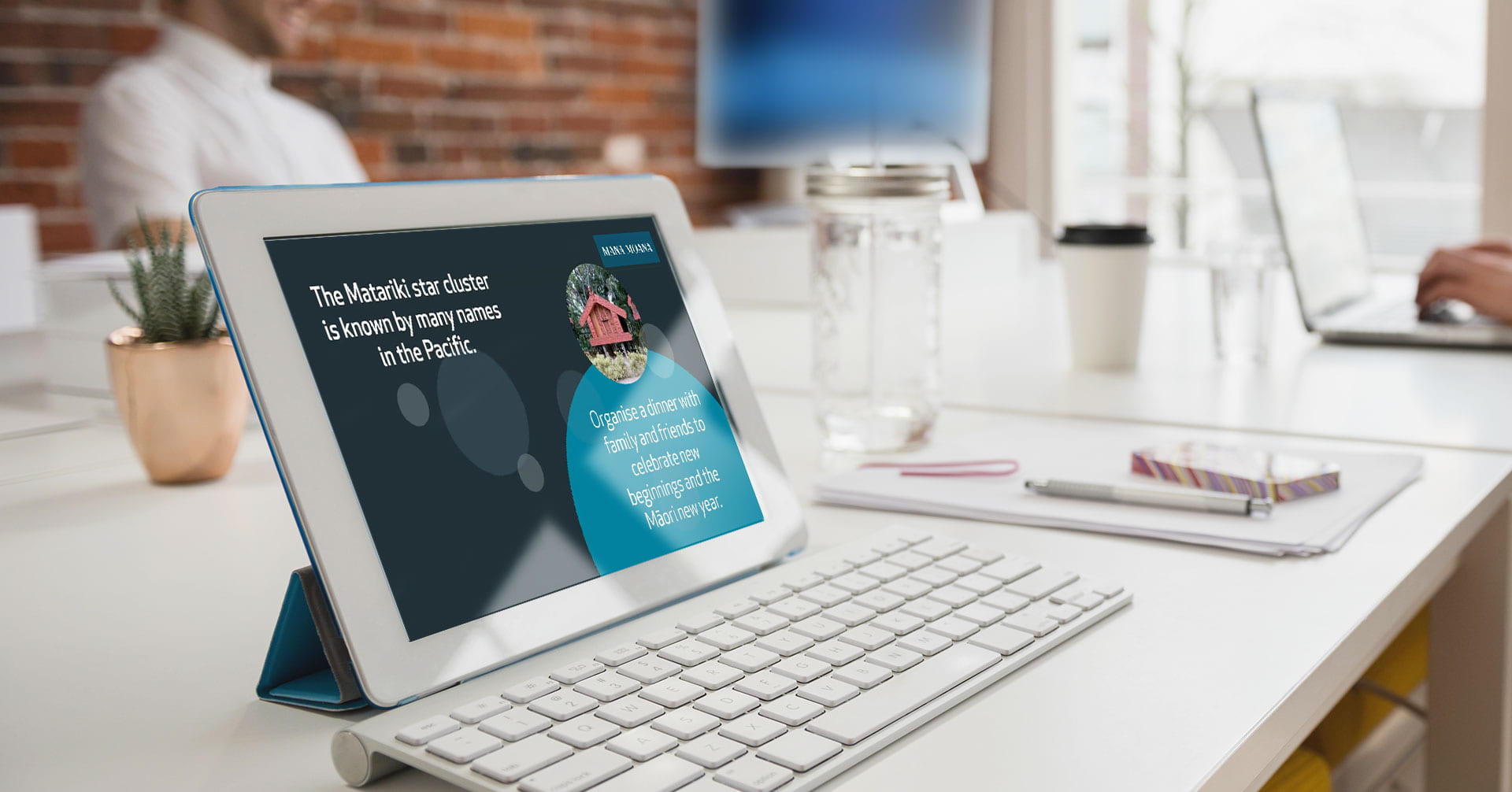So your organisation has tried to mandate employees to return to working in the office, but that didn’t go down well…Your organisation isn’t the only one – global organisations such as Amazon, Apple and Meta faced resistance and push back from their employees.
If you want to make your return to office strategy successful and encourage employees to return to office, resorting to business as usual is no longer enough to give employees what they need to feel valued.
This article will guide you through the best practice internal communications for a return to office strategy – before,
during and after staff return to the office.
Communications leading up to the return to office
Brush up on in-office policies
Refresh yourself on workplace policies and determine the best way to communicate this information with your workforce. Chances are, they would have forgotten too! Most policies are best communicated via one-way communication channels such as corporate screensavers and intranet pages.
Survey your workforce
Collect questions and concerns staff have about returning to the office and make a plan to address them.
Create a communication strategy
Include a timeline, outline deliverables, segment your workforce into different audiences and write key messages for each. Determine which channels of communication you will use, and how to measure internal communications success.
Warm up your communication channels
- Set up a dedicated Intranet page. Leverage your intranet as the go-to for all things related to returning to the office. It’ll be great resource to educate new staff and remind existing staff of policies and procedures.
- Workplace digital signage screens. If you have digital signage screens around the workplace, make sure the messages are up-to-date and relevant. Point staff to the right teams who will play role in helping them get settled in, such as the people and culture team, IT team, first aid staff.
- Screensavers and web browsers. Leverage the same information on your digital signage screens on your corporate screensavers and default web browser home pages. This will make the transition from home to office much smoother

Corporate screensavers are a great tool to reach and engage your workforce,
even as they work from home.
How to communicate
during the return to office
Now you’ll be well and truly into welcoming staff back into the office. Not every organisation will have the budget to give all staff a welcome back gift or care package, but you can certainly schedule in-person meetings with senior leadership team and people managers to share what the future of working in the office will look like.
Use consistent communication channels
Stick with the same communication channels to share key welcome back messages. It will make your communications more consistent and reliable. And since more people are back in the workplace, you can also ramp up messaging on the digital signage screens around lunchrooms and the office.
Entice stay at home staff back to the office
People are social creatures. Employees who opt to stay at home can sometimes feel like they’re missing out on important networking events, valuable face time with management, interactions with their team, fun social gatherings and more.
Use fear of missing out (FOMO) to your advantage when trying to entice staff back to the office. Share team photos and exciting networking opportunities on corporate screensavers and chat platforms. Amplify that effect by reinforcing the key messages, events and photos on digital signage screens for those in the office.
Corporate screensavers are a great tool to reach and engage your workforce, even as they work from home.
Address fear of the office
Fear of the office (FOTO) is something that came out of the pandemic. Employees going through FOTO are apprehensive about returning to the office for various reasons.
Internal communicators need to communicate and reiterate what the organisation has done to address FOTO concerns. The senior leadership team
should also listen to concerns that haven’t yet been addressed to demonstrate the organisation’s commitment to employee health and workplace
wellbeing.
Keep messages short and simple
Snackable messages get your point across immediately and don’t leave any room for confusion. Check out our top five tips for making your internal communications messages unforgettable.

Creating bite-sized messages is crucial to sharing easily understood and memorable messages
Communicating to the organisation after the return to office deadline
Internal communicators need to keep the momentum going, long after the first week in order to successfully embed key messages.
Evaluate and adjust your communication strategy
Assess the strategy, channels, and key messages for different employees: those who’ve returned to working in the office, remote workers, hybrid staff – and don’t forget about frontline workers.
Get feedback
Measure and evaluate your internal communication efforts. Valuable feedback from surveys and focus groups will tell you how employees are
adjusting to the office, identify which messages are landing (and which aren’t), and detect any gaps where staff are confused.
What's next?
Great internal communications plays an important role in successful return to office strategies. You’ll want to communicate well before staff are due to arrive back in the office and keep communications going even after the first week has passed. In this article, we outlined what internal communicators should do in a return to office strategy, including using the right communication channels, enticing staff to return using FOMO and more.
Now that you’ve got a better understanding of how internal communications can help with your return to office, get in touch with our team to discover how you can leverage screensavers, web browser home page, and workplace digital signage screens to amplify your key messages.
